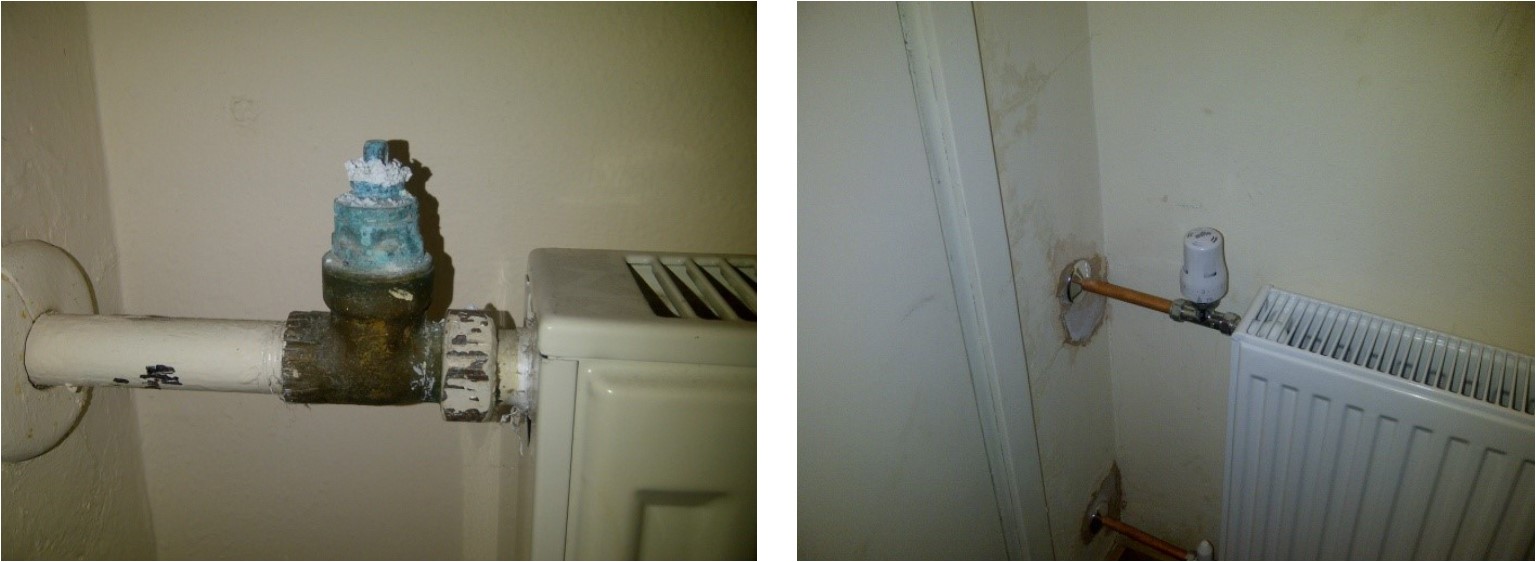RESOURCE | The hidden cost of M&E dilapidations
Services installations can outwardly appear to be in repair, whilst under the surface hidden defects may well be present. Mechanical systems can be extensive, particularly in larger office buildings and often include heating and cooling systems, ventilation ductwork, Building Management Systems (BMS) and drainage.

Internal corrosion of pipework
Systems such as Low Temperature Hot Water (LTHW), can fall into disrepair without displaying outward signs. Internal corrosion of pipes occurs over a long period of time and tell-tale signs, like rusting or powder like deposits on valves, do not manifest themselves until the problem becomes serious, sometimes many years after neglect has occurred. The impact to business and the consequential loss to production or operations, flooding or even fire is significant.
Due to the rapid advances in technology, Building Management Systems also become obsolete and defunct in much shorter time periods than the systems they control. The platforms on which they operate (like Microsoft Windows) quickly become out-dated and are unable to communicate with new plant machinery; the components can become unsupported, leading to a shortage in parts. Although not in disrepair, once a component fails and the system cannot be maintained, it falls into a state of disrepair.

LTHW: low flow, high temperatures
The most common pitfall for any assessor looking at dilapidations is to rely upon recognised industry schedules and rates, often related to age, on which to build a case. Much in the same way as an engineer will struggle to accurately price structural or fabric items accurately, the untrained eye will therefore under or over price M&E items, without being aware.
This can lead to a significant shortfall or inflated demand on a claim and if challenged, may leave the surveyor in a position of weakness and more inclined to settle rather than defend a claim.
Therefore early identification of the issues is necessary to accurately predict the liability and to protect the current owner from hidden defects and potentially high costs associated with disrepair.

Dezincification: corrosion to valves and radiators, resulting in complete replacement
Here in the North West of England we have a thriving market made up of commercial offices, industrial units and retail premises, and with the average lease running for between five and ten years, quantified demands with schedules of dilapidations occur with increased frequency.
We have found that tenants are subjected to pressure from landlords who are eager to reach an early settlement, however our experience shows that there is always opportunity to reduce one’s liability, simply by getting the right advice. Recent examples of settled claims negotiated by Tuffin Ferraby Taylor have resulted in average savings of 57%, with significant proportions of claims served on tenants, largely made up from M&E items that were inaccurate from the start.
Statistically, services account for 30-50% of total building costs, however if one considers the true cost over the lifecycle of a building, this value increases.
Therefore be wary when looking at the true cost of any lease expiry, or break as the hidden cost of building services can easily come back to bite! In the words of Donald Rumsfeld, beware of the unknown unknowns… “That is to say……there are things we don’t know, we don’t know.”
This article was originally published through Place Resources



